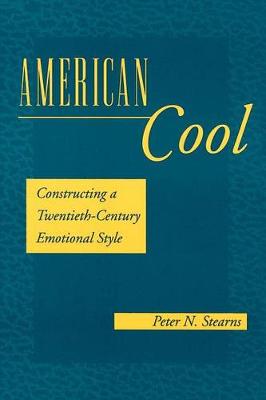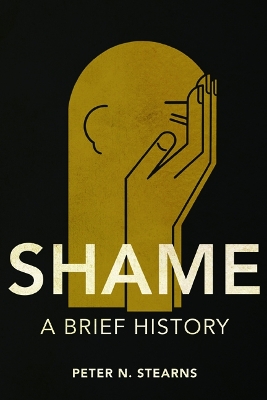History of Emotions
2 total works
Cool. The concept has distinctly American qualities and it permeates almost every aspect of contemporary American culture. From Kool cigarettes and the Peanuts cartoon's Joe Cool to West Side Story (Keep cool, boy.) and urban slang (Be cool. Chill out.), the idea of cool, in its many manifestations, has seized a central place in our vocabulary.
Where did this preoccupation with cool come from? How was Victorian culture, seemingly so ensconced, replaced with the current emotional status quo? From whence came American Cool?
These are the questions Peter Stearns seeks to answer in this timely and engaging volume.
American Cool focuses extensively on the transition decades, from the erosion of Victorianism in the 1920s to the solidification of a cool culture in the 1960s. Beyond describing the characteristics of the new directions and how they altered or amended earlier standards, the book seeks to explain why the change occured. It then assesses some of the outcomes and longer-range consequences of this transformation.
Peter N. Stearns draws on his long career as a historian of emotions to provide the foundational text on shame's history and how this history contributes to contemporary issues around the emotion. Summarizing current research, Stearns unpacks the major debates that surround this complex emotion. He also surveys the changing role of shame in the United States from the nineteenth century to today, including shame's revival as a force in the 1960s and its place in today's social media. Looking ahead, he maps the abundant opportunities for future historical research and historically informed interdisciplinary scholarship.
Written for interested readers and scholars alike, Shame combines significant new research with a wider synthesis.

